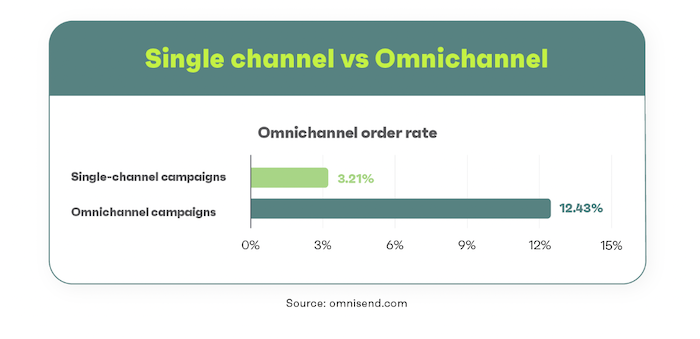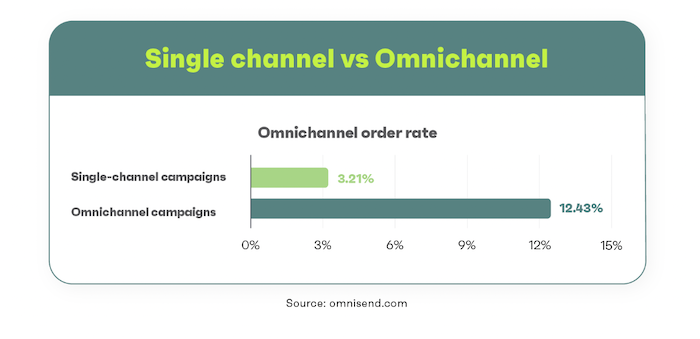Create an Integrated Marketing Communications Plan That Highlights the Best of Your Brand

By Neil Patel
When a customer interacts with your brand on your website, on social media channels, or in person, they should have a cohesive experience.
From brand voice to visual identity, everything should be aligned with your company’s mission, values, and goals.
This approach is called integrated marketing communications (IMC).
As more and more customers use three or more channels to research a brand, integrated marketing communications are becoming more and more important.
WSo what are integrated marketing communications, and why do they work so well? In this blog post, we’ll answer those questions and give you some tips on how to create your own integrated marketing communications plan.
What Are Integrated Marketing Communications?
The goal of integrated marketing communications is to create a consistent message and brand identity that customers will recognize across all channels.
This requires a coordinated effort that includes all aspects of marketing, from advertising and public relations to sales and customer service.
For example, if a customer sees an ad for your product on TV, hears about it on the radio, and then visits your website, they should have the same experience.
Your message should be consistent across all channels, and each channel should work together to support the others.
Why is this important?
Well, in a world where 77 percent of B2B buyers spend time researching purchases online and purchase frequency is 250 percent higher on omnichannel vs. single-channel shopping, you need to make sure your message is getting through, loud and clear.
An integrated marketing communications plan will help you do just that by bringing all of your marketing efforts together into one cohesive strategy.
Why Integrated Marketing Campaigns Work
Integrated marketing communications campaigns work because they provide a consistent message across all channels that are reinforced with each interaction.
This type of marketing allows you to control the conversation about your brand and ensure that your target audience is seeing the same message no matter where they encounter your brand—–whether it’s through paid advertising, social media, or even in person.
Plus, integrated marketing communications campaigns are often more cost-effective than single-channel campaigns because you can leverage existing content and assets across multiple channels.
Key benefits of an integrated marketing communications plan:
- Rreach a wider audience than single-channel experiences
- Kkeep your brand top of mind across all channels
- Bbuild audience trust with consistent messaging and campaigns
- Ssave budget by reusing content and assets
If that’s not enough, research from the Harvard Business Review found that customers who use omnichannel shopping spend 10 percent % more online and four4 percent % more in-store than single-channel customers.
Integrated Marketing Communications Examples
Looking for your next great integrated marketing communications campaign? Check out these examples for inspiration.
Budweisers’ “Whassup?” Campaign
The “Whassup?” campaign by Budweiser first aired during Monday Night Football in 1999. The campaign featured characters answering the phone saying, “Whassup?” in a comical, slurred way.
While the …read more
Source:: Kiss Metrics Blog








